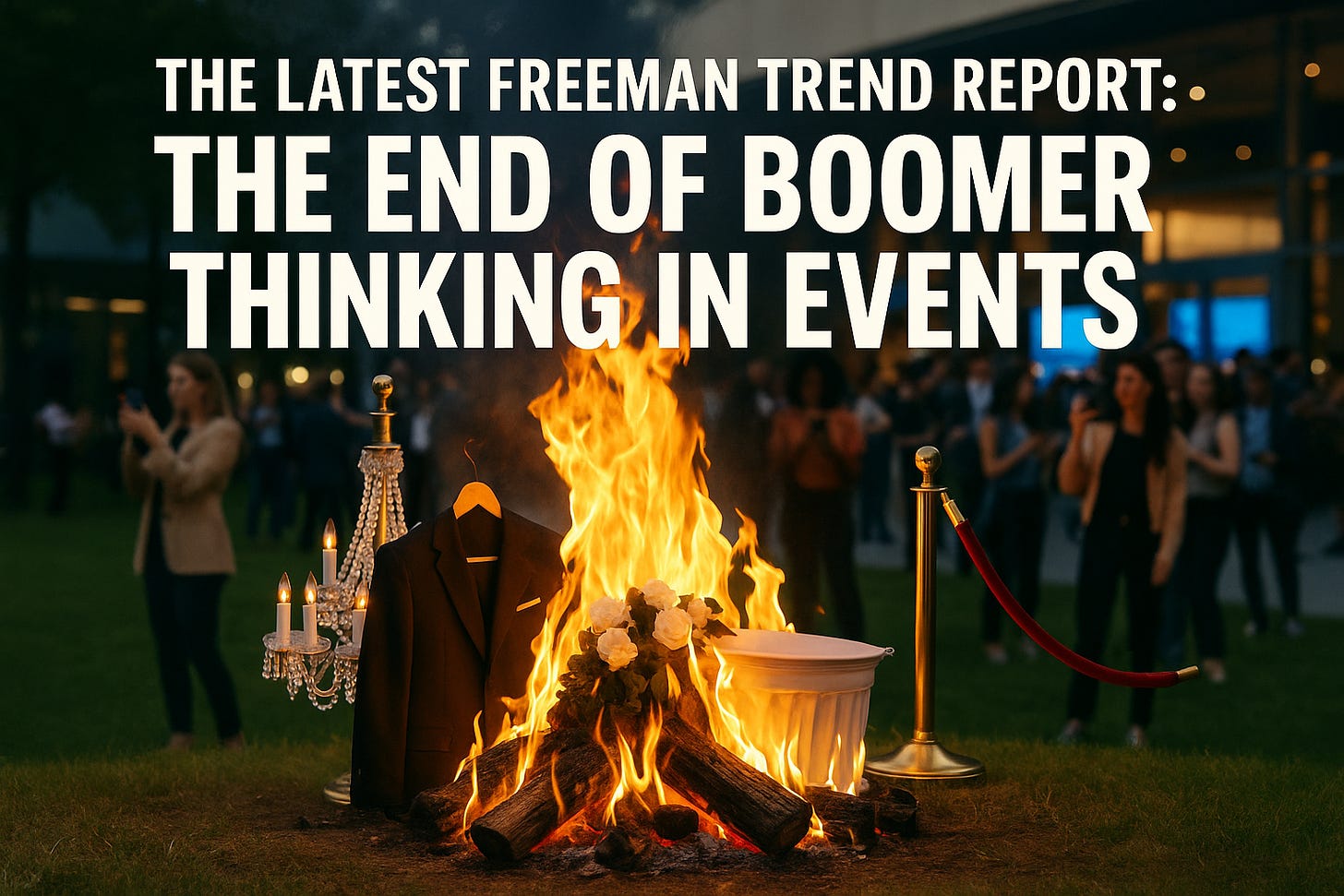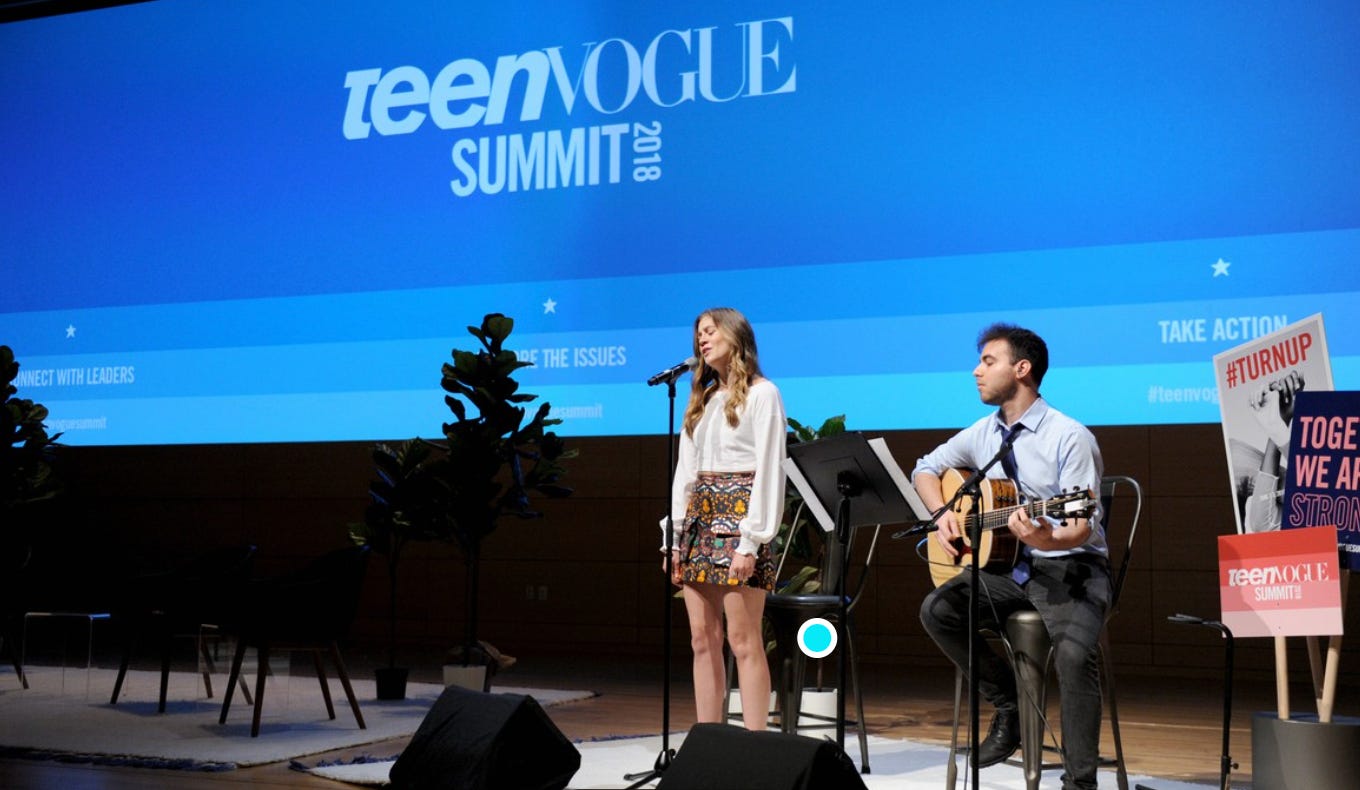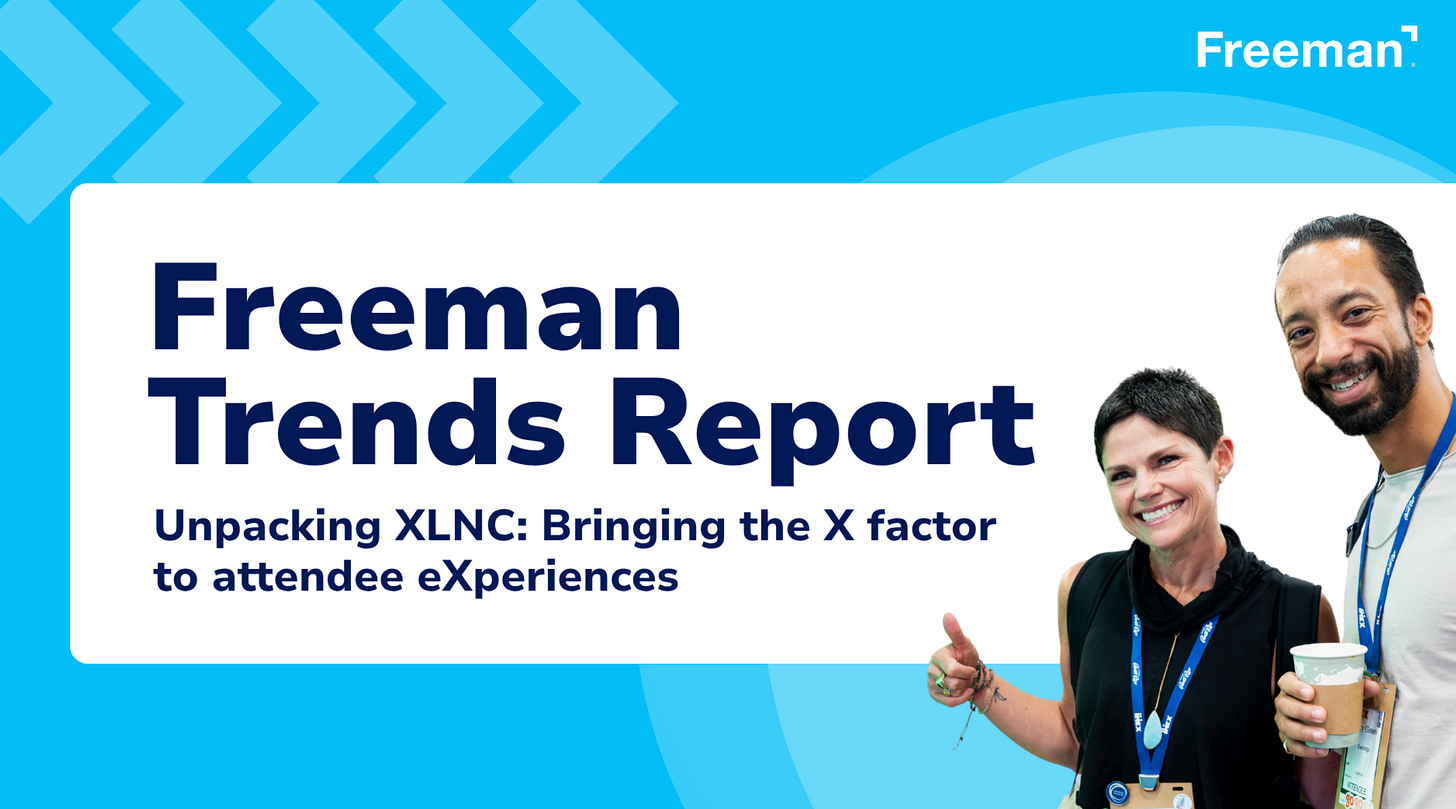The Latest Freeman Trend Report: The End of Boomer Thinking in Events
Freeman has once again reminded the industry that spectacle is no longer enough. Experience must now be defined by outcomes, participation, and authenticity.
I can still picture it: walking into the Teen Vogue Summit at the New School in 2018, feeling like an anthropologist dropped into another era. I was likely the only person in the room over sixty. By the standards of my generation, the staging was a disaster. The rug looked like it had been bought down the street. The chairs were the kind you’d expect in a teenager’s bedroom. The graphics barely filled the wall. There were no chandeliers, no brand-built sets, no sense of “big night” production.
But the audience didn’t notice, and they certainly didn’t care. Their attention was on the photos they were taking, the way their outfits landed on Instagram, the goosebump-inducing speeches that carried a political charge Vogue of an earlier era never would have touched. The real production value was in how the event lived beyond the room, in the selfies and story posts. The spectacle wasn’t the staging — it was the shareability.
Just weeks ago, I felt the same shift at the premiere of The Roses, adapted from my father Warren Adler’s novel The War of the Roses. It was the first event in Disney’s gleaming new Lower Manhattan headquarters, a space made for grandeur. But instead of chandeliers and champagne fountains, the night was spare, deliberate, precise. A red carpet perfectly timed for the cameras. A screening for a few hundred friends and insiders, including my brother Jonathan who runs Adler Entertainment. A modest afterparty. The grandeur had been relocated — to TikTok activations, Instagram reels, and a London fan spectacular. The old Hollywood gala had been traded for global social reach.
These moments, ten years apart, anticipated what Freeman has now put into numbers in its Fall 2025 Experience Trends Report.
For years, Freeman has been the conscience of our industry — the truth-tellers of event feedback. They measure what attendees really think, even when it doesn’t flatter organizers or sponsors. And this year their conclusion is clear: the Boomer era of event thinking is over.
Boomer thinking was built on scale. It was chandeliers, banquet tables, balloon drops, confetti cannons, million-dollar keynotes. Immersive meant a multi-sensory show. Audiences were passive. Prestige meant ceremony.
But the Freeman data shows a very different reality. Nearly eight in ten organizers still believe they’re delivering peak moments. Fewer than half of attendees agree. Organizers point to the gala, the keynote, the surprise act. Attendees talk about something else entirely: a vendor relationship that mattered, a session that changed their thinking, an authentic connection with someone new.
Immersive has been redefined too. Sixty-one percent of attendees say it means hands-on participation. Trying out a product. Solving a problem. Adding their voice. Only thirteen percent link immersive to VR. Value is not memorability but outcomes: forty-seven percent say discovering a product, forty-four percent say learning something useful.
Even the pain points tell the story. Attendees are frustrated by poor wayfinding, confusing floor layouts, and difficulty finding vendors. Organizers, by contrast, fret about menus and pre-event emails. Attendees want personalization: help me find the right exhibitor, the right session, the right person. Organizers spend time on buffets.
The generational math sharpens the point. Among organizers, only twelve percent are Boomers. Among attendees, twenty-one percent. Gen X and Millennials now dominate the ground, with Gen Z beginning to dictate taste. Gen X brings ROI pragmatism. Millennials push personalization and interaction. Gen Z insists on authenticity, activism, co-creation, and shareability. They don’t want to be impressed. They want to be engaged.
But here is where the story deepens — and where Freeman’s role as the conscience matters most. Because while Boomer thinking has largely vanished from the floor, it still lingers in the boardroom.
Ownership of the industry’s largest exhibitions, associations, and family-run production companies still leans older. Many are led by executives in their sixties and seventies. They’re not setting the agendas or walking the expo floors, but they’re signing the checks. And to them, prestige still looks like it did in 1985: the balloon drop, the mega-keynote, the banquet dinner. They grew up in an era where success was measured by optics.
That’s why the disconnect persists. Organizers — often reflecting what their boards or owners believe looks impressive — over-index on spectacle. Attendees, living in the culture of outcomes, walk away underwhelmed. Freeman’s numbers capture this cultural clash with precision. The bottom of the pyramid has already changed. The top is lagging behind. And until the boardroom embraces the same pragmatism and authenticity shaping the floor, the gap will remain.
Freeman couches its recommendations gently: design around learning, networking, and commerce. Reframe immersion as participation. Personalize the journey. But the underlying message is blunt. Spectacle without substance no longer works. And when attendees do experience substance, eighty-five percent say it makes them want to return. That is the new measure of loyalty.
What I saw at Teen Vogue and again at Disney is what Freeman has now quantified. The chandelier era has ended. The confetti cannon and the endless panel have had their day. The future belongs to smaller, sharper, more purposeful experiences — the conversations that matter, the hands-on demos, the authentic connections that make people feel their time was worth it.
The Boomer era didn’t end because people stopped gathering. It ended because people now gather differently. They no longer gather just to be there. They gather with purpose. And that, in the end, is the point of Gathering Point.





